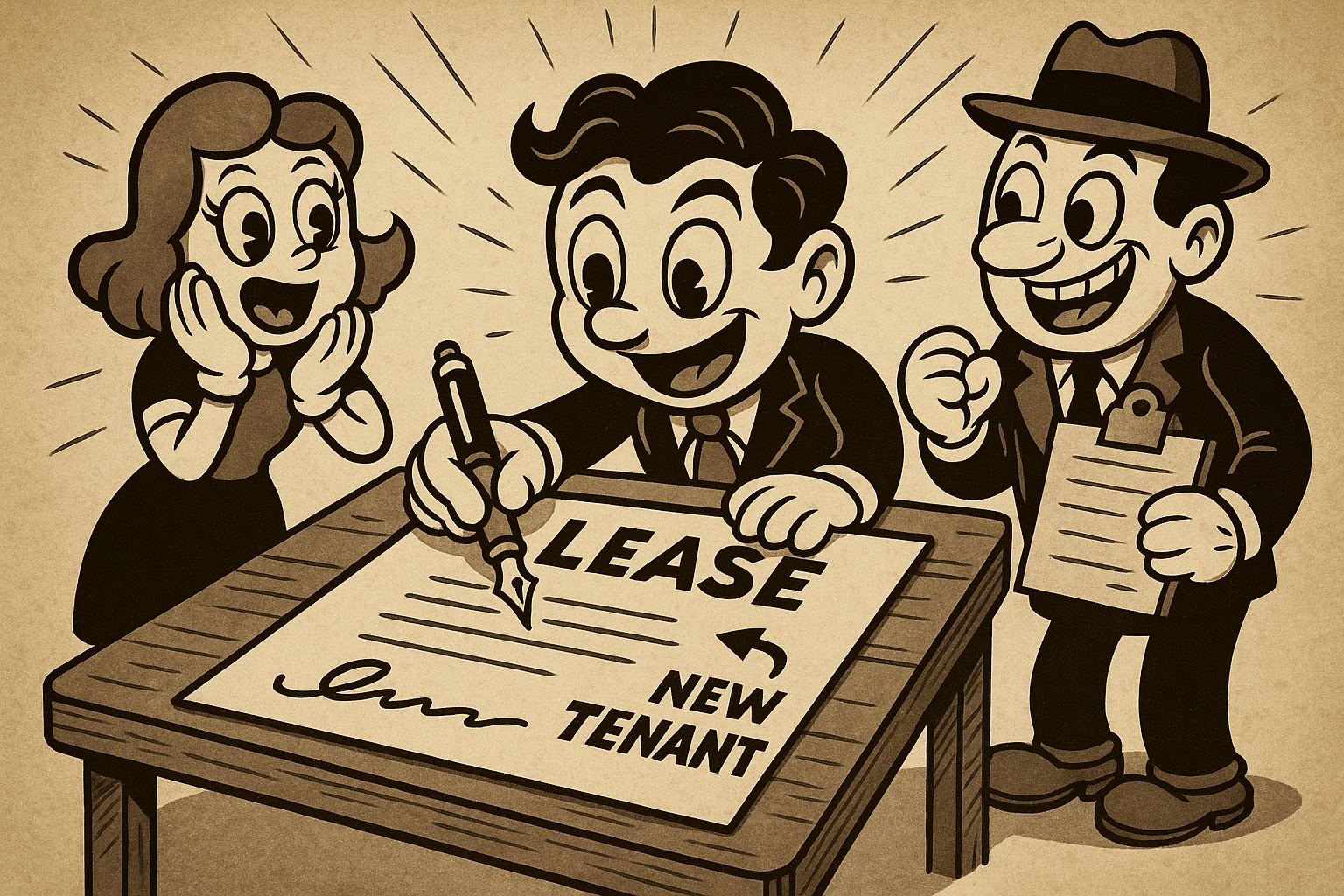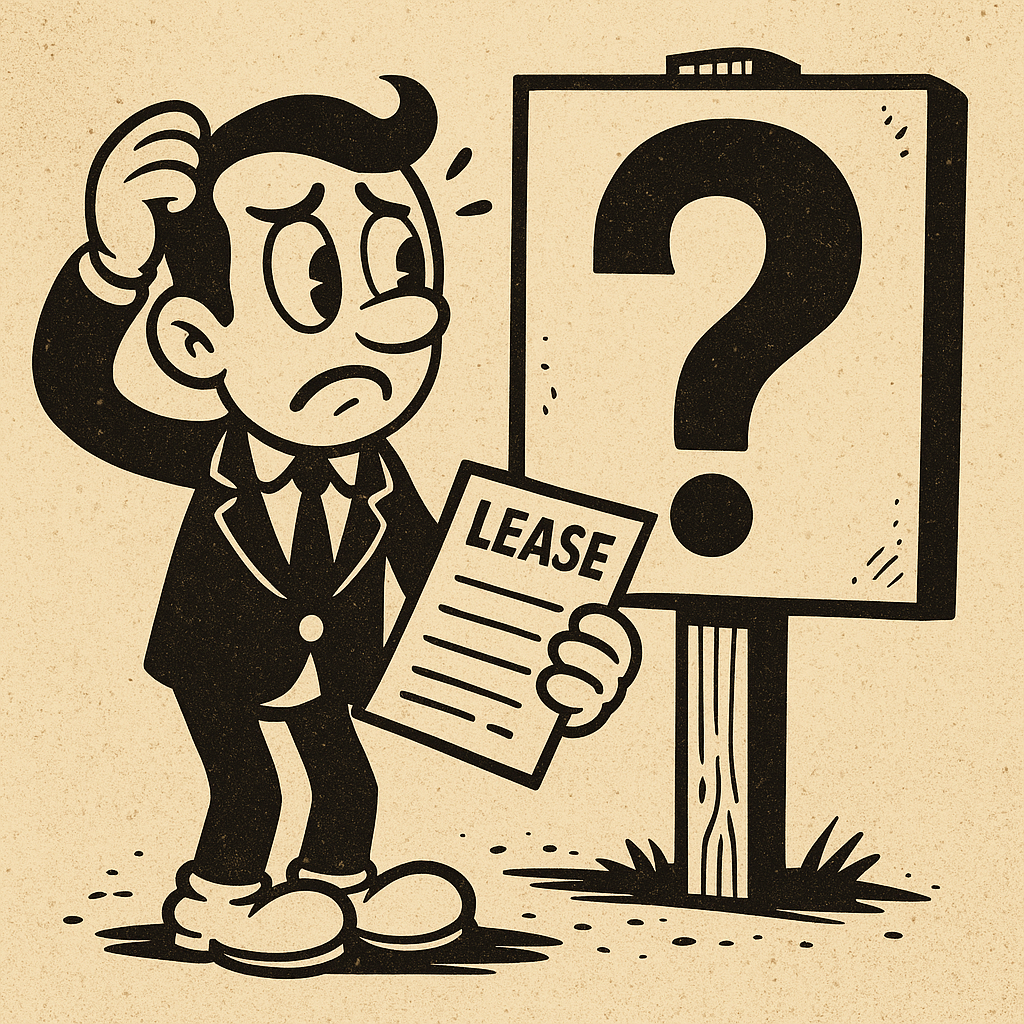Key Points
Clear communication and written request to landlord are essential.
Verify occupancy limits and review the original lease agreement.
Follow a structured tenant screening process with a completed rental application.
Choose between a lease amendment or a new lease agreement.
Ensure the new tenant’s rights and responsibilities are clearly documented.
Always maintain legally binding agreements and stay compliant with local laws.
Why You Might Need to Add a Tenant
Roommate Replacement
If a current tenant moves out mid-lease, understanding how to add someone to your lease—including the process of screening and legally integrating a new roommate—ensures that the unit remains occupied and rent continues uninterrupted.
Splitting Monthly Rent Payments
Adding a new tenant can help share monthly rent payments and reduce financial pressure, as all tenants share the responsibility to pay rent on time.
Family, Friends, or Caretakers
Sometimes, adding a family member or caretaker is necessary for assistance or companionship. These additions must be formally approved and documented to remain compliant with the rental property’s policies.
Legal Considerations Before You Begin
Review the Original Lease Agreement
Before adding someone, the legal foundation must be solid. Review your original lease agreement to check for any restrictions on occupancy limits or amendments. It is crucial to ensure that any changes or additions are properly documented in existing lease agreements to avoid misunderstandings or legal issues. Leases often include clauses that specify how many people can reside in the rental unit and under what terms additional tenants may be accepted.
Understand Property’s Occupancy Limit
Understanding your property’s occupancy limit is crucial. Overcrowding may not only breach the lease but also violate local housing codes. Always check the unit’s occupancy limit as specified in your lease agreement and ensure compliance with local regulations. This could lead to fines or lease termination.
Written Request & Landlord’s Approval
Make sure to submit a written request to the landlord. Even if the landlord is open to the idea, most existing leases require the landlord’s approval before changes become valid. This keeps both the landlord and all tenants protected under a legally binding agreement.
It is also important to receive written notification from the landlord regarding the approval or denial of your request, as this serves as official documentation of their decision.
Consider Local Laws and Rent Control
It’s also vital to be aware of local laws and rent control ordinances. Adding tenants can trigger new lease terms, including rent increases or inspection requirements. In areas with strict rent control, changes must comply with detailed regulations.
Step-by-Step Process to Add a Tenant
Communication with the Landlord

The process to add a tenant begins with open communication. If you want to add a new tenant to the lease, it is important to discuss this with your landlord and ensure everyone understands the necessary steps. Contact your landlord and explain your intent clearly. Present your reasons—whether financial or personal—and provide information about the new tenant.
Tenant Screening & Completed Rental Application

Next comes tenant screening. The landlord will typically require a completed rental application. This document should include employment verification, credit score, rental history with previous landlords, and background check consent. The goal is to ensure the potential tenant is reliable and poses no risk to the property. It is especially important to thoroughly screen new tenants before adding them to the lease to ensure legal recognition and maintain proper documentation.
Lease Amendment vs. New Lease Agreement
After successful screening, decide whether to amend the existing lease or sign a new lease agreement. Most property management companies prefer a lease amendment or lease addendum. An amended lease or occupancy addendum can be used to formalize the addition of a new tenant, ensuring all changes—such as responsibilities for utilities or parking—are clearly documented and agreed upon by all parties. A property management company can assist with preparing these documents and ensuring compliance with local laws. This approach allows for quick updates to lease terms while maintaining continuity.
Signatures and Security Deposit

The lease amendment should state the full names of all tenants involved, updated rent obligations, new occupancy rules, and any changes in maintenance responsibilities. The amended lease should clearly outline the financial obligations of all tenants, including rent payments, utility bills, and any other costs. It should also specify the full term lease period, ensuring that the duration of the lease is clear to all parties and avoids confusion. Once all parties sign the document, it becomes legally binding.
The financial side is also critical. When a new tenant is added, landlords may request an additional security deposit, especially if the lease now covers multiple tenants. The new person also becomes jointly responsible for paying rent, following lease terms, and protecting the unit.
Rights & Responsibilities of the New Tenant
Rent Payment Obligations
Joint and several liability is a common clause in lease agreements. It means that every tenant can be held fully responsible for rent and damages—not just their portion. This clause adds a layer of financial security for landlords.
Maintenance Responsibilities
Maintenance and property rules must be clearly communicated to the new tenant. They need to know their responsibilities, from taking out trash to submitting repair requests. Transparency avoids confusion and conflict.
Legal Protection and Lease Obligations
They gain tenant protections – habitability, privacy – and must uphold the lease terms.
Insurance and Liability Coverage
When adding a new tenant to an existing lease agreement, it’s important to consider how this change may impact insurance and liability coverage for the rental property. Landlords should review their current insurance policies to ensure that coverage extends to the new tenant and reflects the updated occupancy of the unit. This may require updating the policy to include the new tenant’s name and information, especially if the insurance provider requires all residents to be listed.
Adding a new tenant to an existing lease can also affect liability coverage. Typically, all tenants named on the lease agreement are jointly and severally liable for any damages or injuries that occur on the property. This means that if an incident happens, each tenant to an existing lease can be held responsible for the full amount of damages, not just their share. To avoid gaps in coverage or misunderstandings, landlords should consult with their insurance provider before finalizing any changes to the lease agreement. Taking these steps ensures that both the landlord and all tenants are properly protected when adding a new tenant to the rental property.
Relationship Clarity and Communication
Establishing clear communication and relationship clarity is essential when adding a new tenant to an existing lease agreement. All parties involved—the landlord, existing tenant, and new tenant—should have a shared understanding of their rights and responsibilities under the lease agreement. This includes discussing how rent payment will be divided, who is responsible for utility bills, and how maintenance responsibilities will be handled.
Open and transparent communication helps prevent misunderstandings and potential disputes. Before the new tenant moves in, it’s a good idea for everyone to meet and review the terms of the existing lease agreement together. This ensures that the existing tenant and the new tenant are on the same page regarding expectations for paying rent, handling repairs, and following property rules. By addressing these topics upfront, all parties involved can enjoy a more harmonious living environment and avoid common pitfalls that can arise when adding a new tenant to an existing lease.
Alternatives to Adding a Tenant
Subletting the Rental Property

Some situations call for alternatives to modifying the lease. Subletting allows the current lease holder to rent to another person temporarily. This route usually requires landlord approval and comes with its own legal documents.
Creating a Roommate Agreement
Another option is to create a roommate agreement. This informal contract between tenants outlines expectations, responsibilities, and how rent and utilities will be shared. While it doesn’t replace a lease, it adds a level of structure.
Frequently Asked Questions

Can a landlord refuse to add someone?
Yes, particularly if the property is at full occupancy or the tenant fails the screening process. Always consult your lease and local laws.
Is a lease addendum necessary?
A lease addendum is often necessary when adding a new tenant to an existing lease agreement. This document serves as an official update to the original lease agreement, clearly outlining the addition of the new tenant and any changes to lease obligations. The lease addendum should include the new tenant’s name, updated rent payment terms, and any adjustments to responsibilities or rules.
All parties involved—the landlord, existing tenant, and new tenant—should review and sign the lease addendum. Once signed, the addendum becomes part of the original lease, ensuring that everyone is legally bound by the updated terms. Using a lease addendum provides clarity and legal protection for all parties, making it an essential step when adding a new tenant to an existing lease agreement.
Can rent be raised?
Often, yes—especially if adding a tenant increases wear and tear on the property. However, in rent-controlled areas, increases may be limited or require government approval.
What does joint and several liability mean?
If one tenant fails to pay, the others are liable. This clause motivates all tenants to fulfill their obligations.
Can security deposits be split?
Yes, but this must be clearly outlined in the lease amendment. It’s often best to collect a separate deposit from the new tenant.
Should the landlord perform another credit check?
Ideally, yes. The completed rental application should trigger a fresh screening to avoid potential issues.
What happens if you go over the occupancy limit?
Violations can result in lease termination or fines. Always consult your lease and local housing authority.
Can someone be removed later?
Yes. This would require another amendment and landlord consent.
Additional Resources for Rental Property Management
Landlords and property managers have access to a variety of resources to help manage the process of adding a new tenant to an existing lease agreement. Online platforms offer templates for lease agreements and lease addendums, making it easier to update documents when adding a tenant to an existing lease. Tenant screening services can assist with background checks and rental history verification, ensuring that the new tenant is a good fit for the rental property.
Property management software can streamline communication, rent collection, and document storage, helping landlords stay organized and compliant with local laws. For additional guidance, consulting with a real estate attorney or joining a local landlord association can provide valuable insights into legal requirements and best practices for lease agreements. Reputable organizations such as the National Association of Realtors, the American Apartment Owners Association, and online platforms like RentPrep and Azibo offer tools and support for managing rental properties and lease agreements. By leveraging these resources, landlords can confidently navigate the process of adding a new tenant and maintain a well-managed rental property.
Final Tips & Best Practices
Best practices include keeping all amendments stored with the original lease agreement. Archive the completed rental application and keep all correspondence in writing.
In rent-controlled cities, consult an attorney or legal aid office before implementing any changes to your lease agreements. This ensures you stay compliant and avoid penalties.
To recap, when figuring out how to add someone to your lease, remember that planning, documentation, and legal compliance are key. A properly executed lease amendment protects the landlord, current tenant, and the new tenant alike.
Adding tenants doesn’t have to be a stressful process. With the right preparation and clear communication, your rental agreement can be updated smoothly to reflect your living situation.
Dave is a seasoned real estate investor with over 12 years of experience in the industry. Specializing in single-family residential real estate, David’s strategic approach combines market analysis, financial acumen, and a deep understanding of urban development trends to maximize investment returns.









